Use this mood tracker to support children in tracking their feelings and emotions.
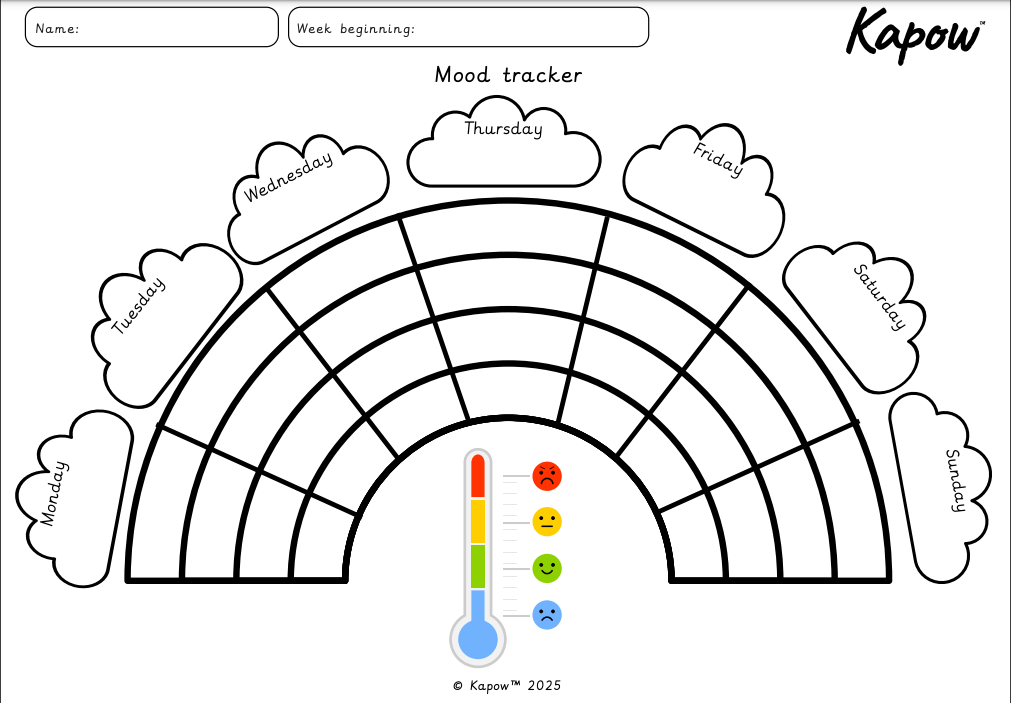
Use this mood tracker to support children in tracking their feelings and emotions.
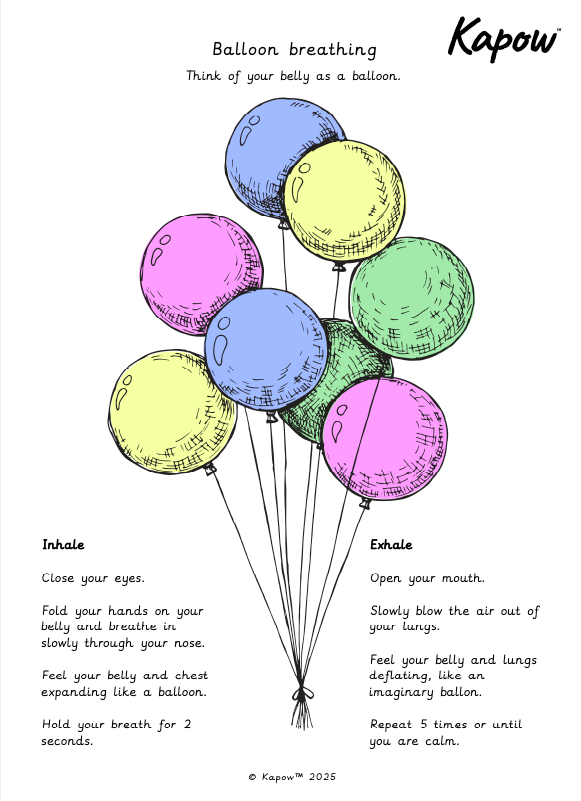
Designed to support wellbeing and emotional regulation, this resource guides children through the simple steps in Balloon Breathing, to support them in feeling calm and focused.
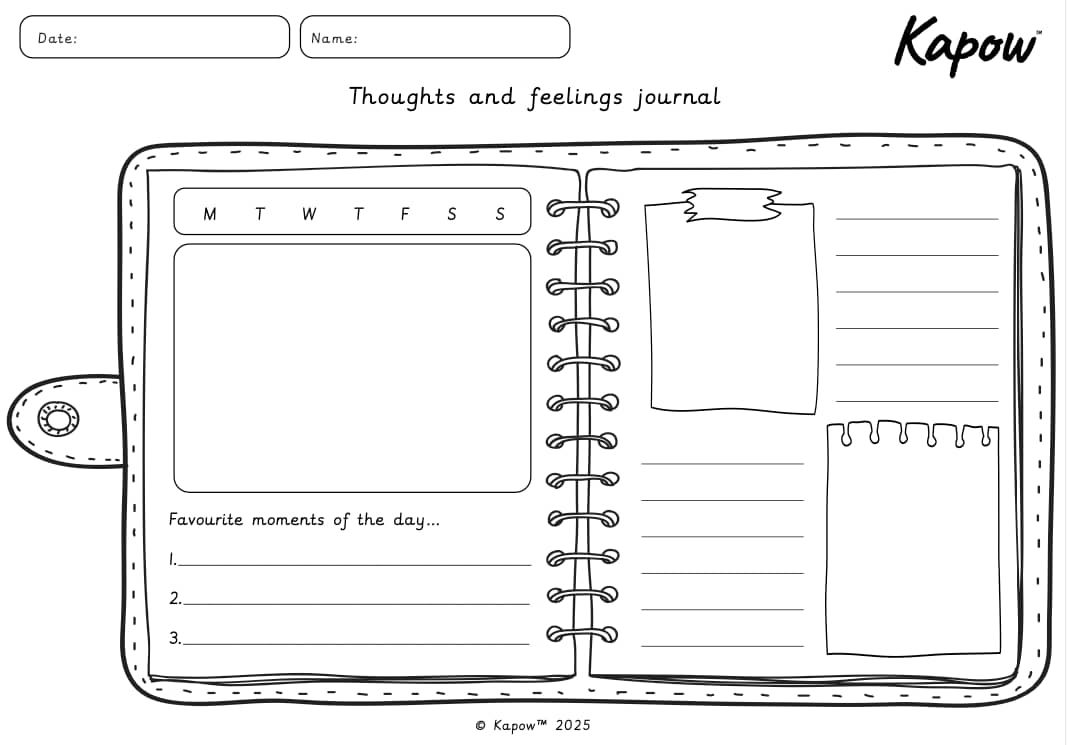
Encourage children to explore their feelings and boost their wellbeing with this journal page. Designed to help children identify and share their emotions, reflect on their day and set positive intentions.
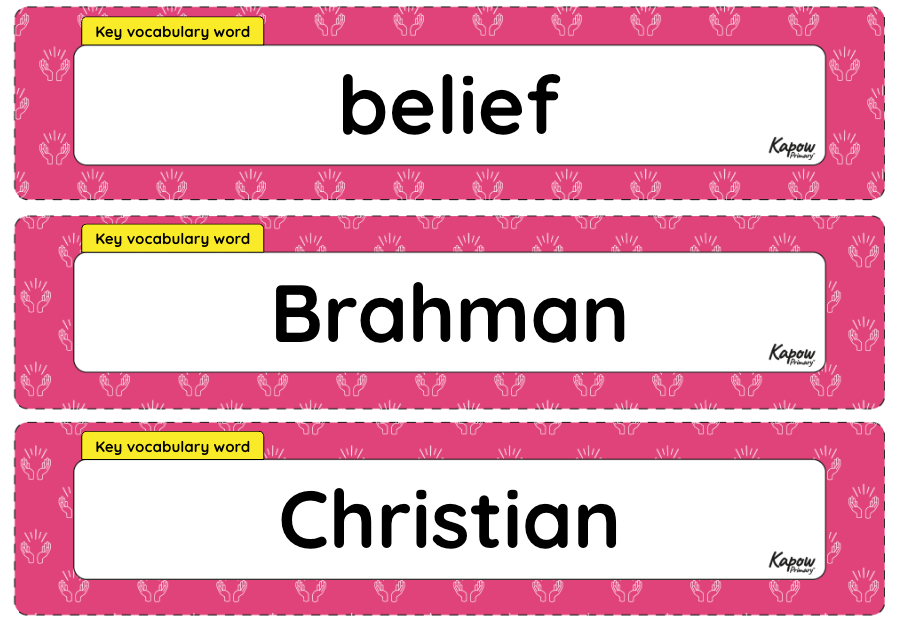
This unit vocabulary display includes keywords from the mixed-age unit Religion and worldviews, Y1/2 (A), Why should we care for the world? and additional unit-specific words that may be helpful in a display.
Key vocabulary is clearly labelled on the display, highlighting essential words that the pupils are expected to retain and reuse in future units. Understanding these words enhances comprehension of the subject and supports understanding of prominent organised worldviews.
See the full Religion and worldviews: Progression of key vocabulary.
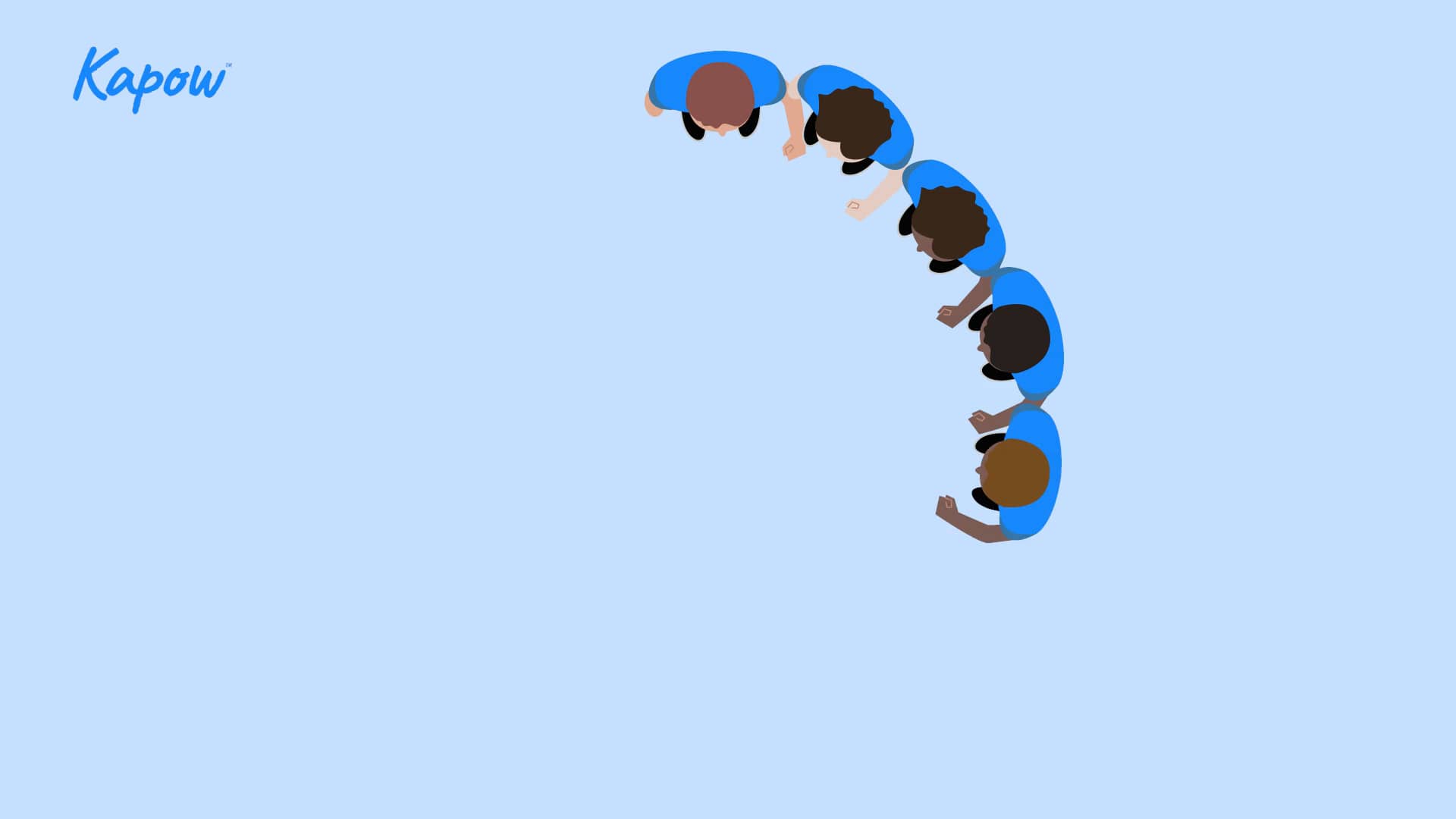
This Music video supports teachers in developing effective strategies for teaching beat and rhythm at key stage one. It explores what beat and rhythm look like in a classroom setting, common challenges pupils may face, and how these foundational skills progress as pupils move into the upper key stages. Through clear modelling, movement activities, and simple instrument use, the video helps teachers build pupil confidence in recognising, maintaining, and responding to a steady beat before formally introducing rhythm.
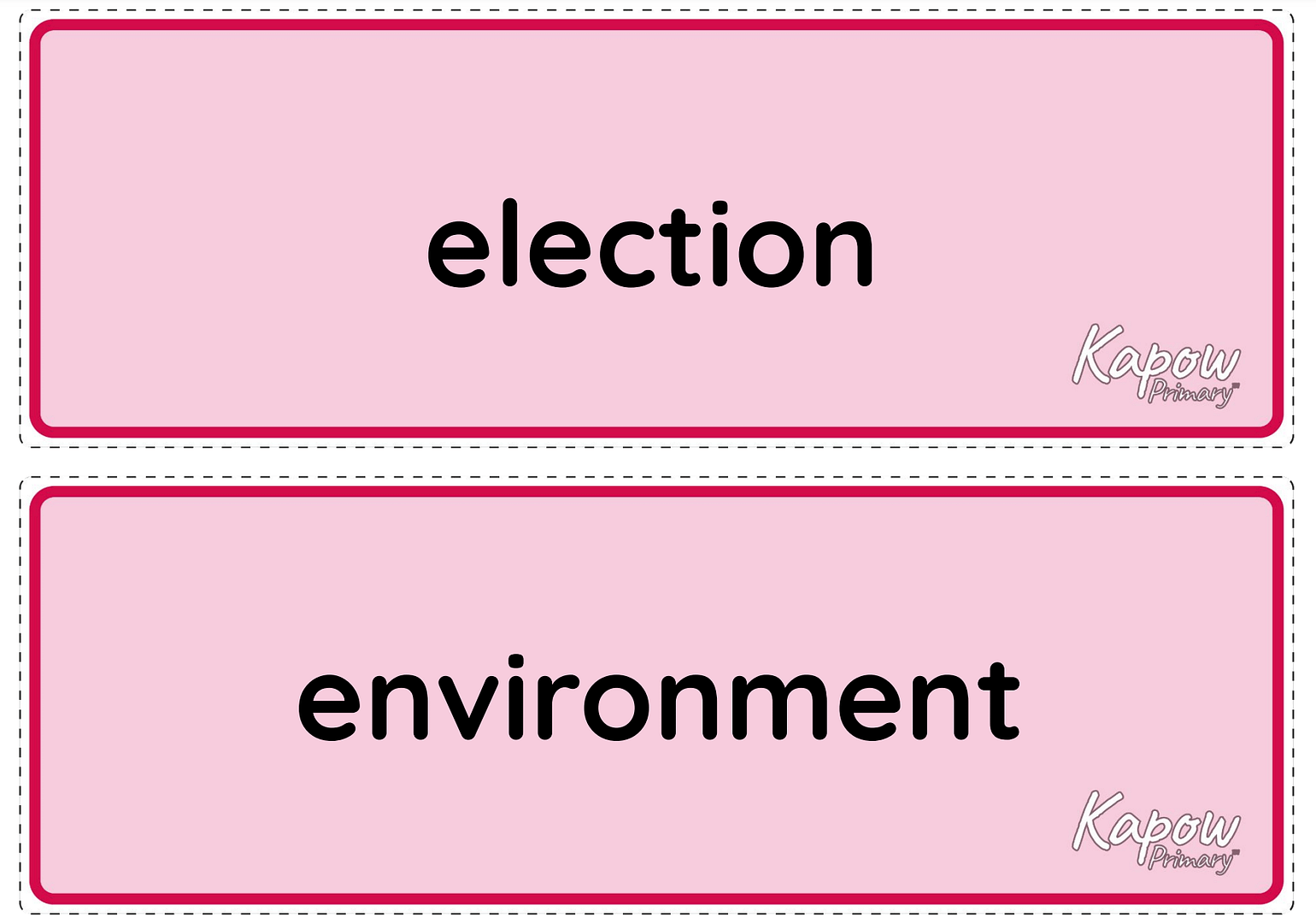
This unit vocabulary display includes keywords from the unit RSE & PSHE, Year 2, Citizenship and additional unit-specific words that may be helpful in a display.
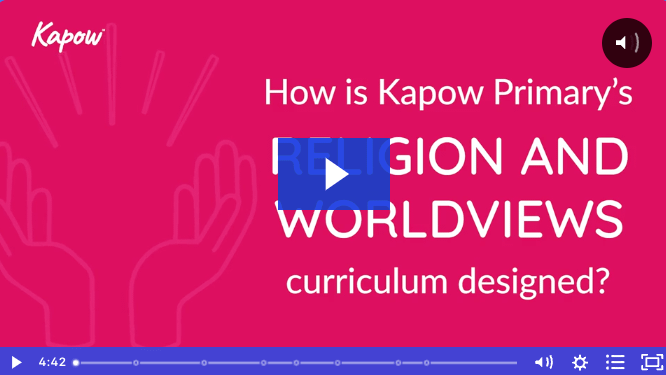
This video aims to help Religion and worldviews subject leaders gain an understanding of the Kapow Primary Religion and worldviews scheme of work, describing the strands and the documentation that can further support you in your role.
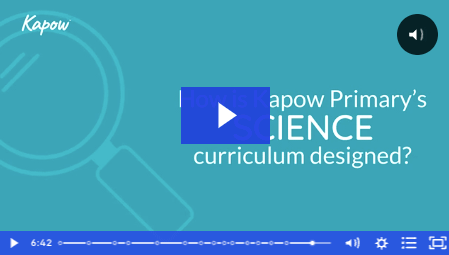
This video explains the structure of our Science scheme of work. It describes the strands and documentation that can further support subject leaders in their roles.
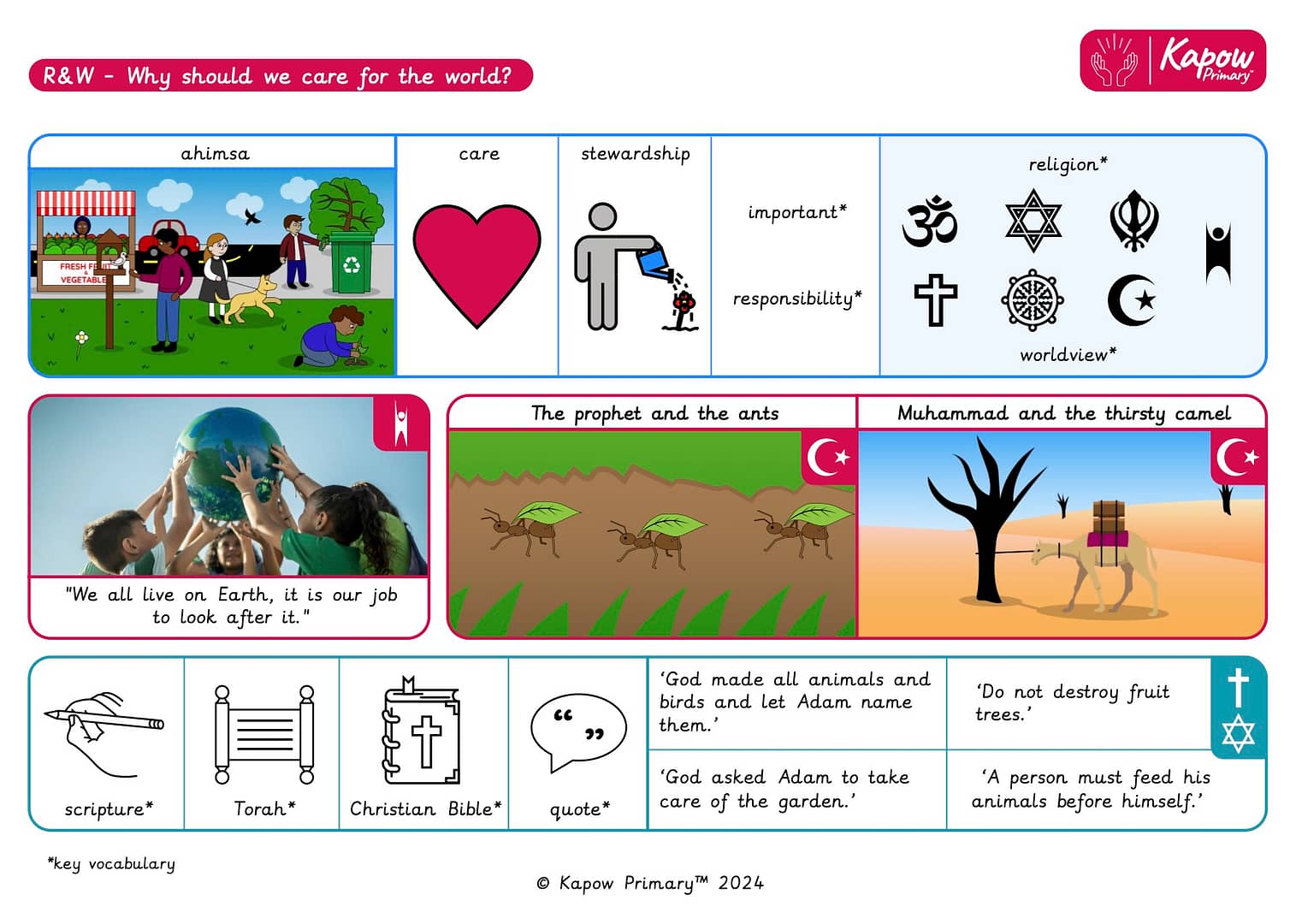
A Knowledge organiser that captures the essential knowledge and skills learnt throughout the mixed-age unit Religion and worldviews, Year 1/2 (A), Why should we care for the world?
This resource is designed to help pupils explore the importance of caring for the Earth through religious teachings and moral responsibilities. It introduces key concepts such as ahimsa, stewardship, and responsibility, with references to stories and quotes from religious texts including the Torah and the Christian Bible. Pupils learn about the symbolic role of humans as caretakers, inspired by teachings like Adam being asked to care for the garden, and Muhammad’s compassion towards animals. Through visual prompts and simplified scripture, this resource supports the development of moral reasoning and cross-religious understanding of environmental care.
